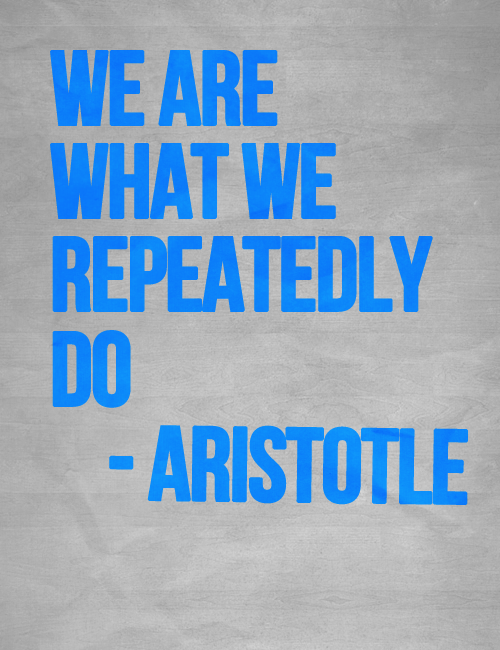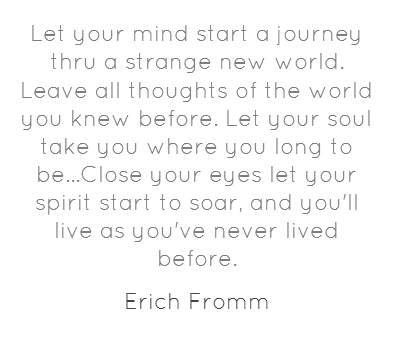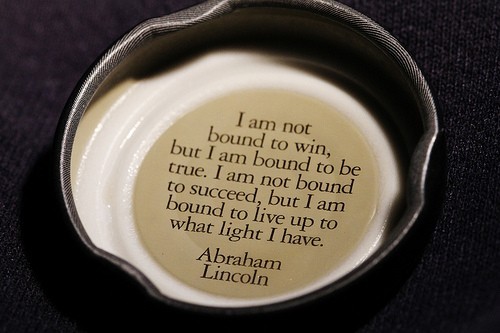Alive Health And Fitness Biography
Source Google.com.pk
One in two women and one in five men over the age of 50 in the UK will break a bone, mainly because of osteoporosis. Exactly why this happens is still not fully understood.
Osteoporosis has no symptoms. The first clue may be seen if you have an X-ray for some other reason, or you fracture a bone.
Whether you have osteoporosis or just want to build strong bones for the future, there are several things you can do to maintain your bones.
Eat calcium-rich foods
Adults should eat at least 700mg of calcium a day, and 1,200mg if diagnosed with osteoporosis. You could consume 700mg in one day by eating a yoghurt, a cheese sandwich, a handful of almonds and a spinach salad.
Get your sunshine quota
Your body needs vitamin D to help it absorb calcium. Vitamin D is found in oily fish, liver, fortified spreads and cereals, and egg yolks. Your body also makes its own vitamin D when you're exposed to sunshine.
Most people in the UK get enough vitamin D by spending 15 minutes in the sun two to three times a week. Generally, normal levels that are built up in the summer will be enough to last through the winter.
Go easy on the protein
Excessive amounts of meat, cheese and protein make body acid, which drains the body of calcium and weakens bones. Keep your diet balanced.
Your meals should contain protein (meat, fish, eggs, nuts, seeds), fresh fruit and vegetables, and carbohydrates (bread, pasta, potatoes and rice).
Quit smoking
The more you smoke, the more likely you’ll get osteoporosis. Get help on qutting smoking for good.
Cut out the salt
Salt is thought to speed up the body’s loss of calcium. Most of us consume 9g of salt a day, but the recommended limit is 6g, which is just a teaspoonful. Don’t add salt to your food, and look at food labels to help you cut down.
Avoid foods that contain 1.5g of salt per 100g (or 0.6g of sodium) or more. Crisps, ham, cheese, cooking sauces and processed foods such as pies, pizza and soups are all high in salt.
Be active
Bones get stronger when you use them. The best way to strengthen them is to do at least five hours of "weight-bearing" exercise a week. This includes walking, running, dancing, golf, tennis or netball. It doesn’t include cycling or swimming (although swimming is good for staying flexible).
Bones also benefit if you lift and carry things. Weight training is ideal, but carrying shopping, gardening and housework all count.
Drink sensibly
Alcohol, tea, coffee, cola and other fizzy drinks reduce the amount of calcium you absorb, and weaken bones. Stick to the recommended amounts of alcohol, and swap your caffeine-fuelled drinks for water and diluted juice.
Maintain a healthy weight
Losing too much weight too fast under a crash diet can increase your risk of osteoporosis. The same is true if you're anorexic (or, for women, if you're so thin that your periods have stopped).
Weight loss can cut the amount of oestrogen (a hormone that helps to protect your bones) in your body. If you need to lose weight, do it sensibly.
Adults aged 65 and over spend on average 10 hours or more each day sitting or lying down. This makes them the most sedentary age group.
They're paying a high price for their inactivity, with higher rates of falls, obesity, heart disease and early death compared with the general population.
As you get older, it's even more important that you remain active if you want to stay healthy and maintain your independence.
If you don't stay active, all the things you’ve always enjoyed doing and taken for granted start to become that little bit harder.
You may struggle to pursue simple pleasures, such as playing with the grandchildren, walking to the shops, leisure activities and meeting up with friends.
You might start to get aches and pains that you never had before, and have less energy to go out. You may also be more vulnerable to falling.
This can all lead to being less able to look after yourself and do the things you enjoy.
Strong evidence
There's strong scientific evidence that people who are active have a lower risk of heart disease, stroke, type 2 diabetes, some cancers, depression and dementia.
If you want to stay pain-free, reduce your risk of mental illness, and be able to go out and stay independent well into old age, you need to keep moving.
It’s that simple. There are lots of ways you can get active, and it’s not just about exercising.
“As people get older and their bodies decline in function, physical activity helps to slow that decline,” says Dr Nick Cavill, a health promotion consultant. “It’s important they remain active or even increase their activity as they get older.”
Most people as they get older want to keep in touch with society – their community, friends and neighbours – and being active is a way to ensure that they can keep doing that.
What is physical activity?
Physical activity is anything that gets your body moving. It can include anything from walking to recreational sport.
The first thing to bear in mind as you get older is to keep moving. On a basic level, that means making sure you don’t spend hours on end sitting down during the day.
This means avoiding long periods of TV viewing, computer use, driving, and sitting to read, talk or listen to music.
While some activity is better than none at all, to get the maximum health benefit, you should aim to do at least 150 minutes (2 hours and 30 minutes) of moderate-intensity aerobic activity every week.
Aim to do something every day, preferably in bouts of 10 minutes of activity or more. The more you do, the greater the health gains.
One way of achieving your weekly physical activity target is to do 30 minutes on at least five days a week.
On at least two days a week, activities should include those that strengthen muscles and bones, such as weight training, carrying heavy loads and heavy gardening.
Examples of moderate-intensity aerobic activities include:
walking fast
doing water aerobics
riding a bike on level ground or with few hills
playing doubles tennis
pushing a lawn mower
Daily chores such as shopping, cooking or housework don't count towards your 150 minutes because the effort isn’t hard enough to raise your heart rate.
Find out more about how much activity older adults need to do to keep healthy.










No comments:
Post a Comment